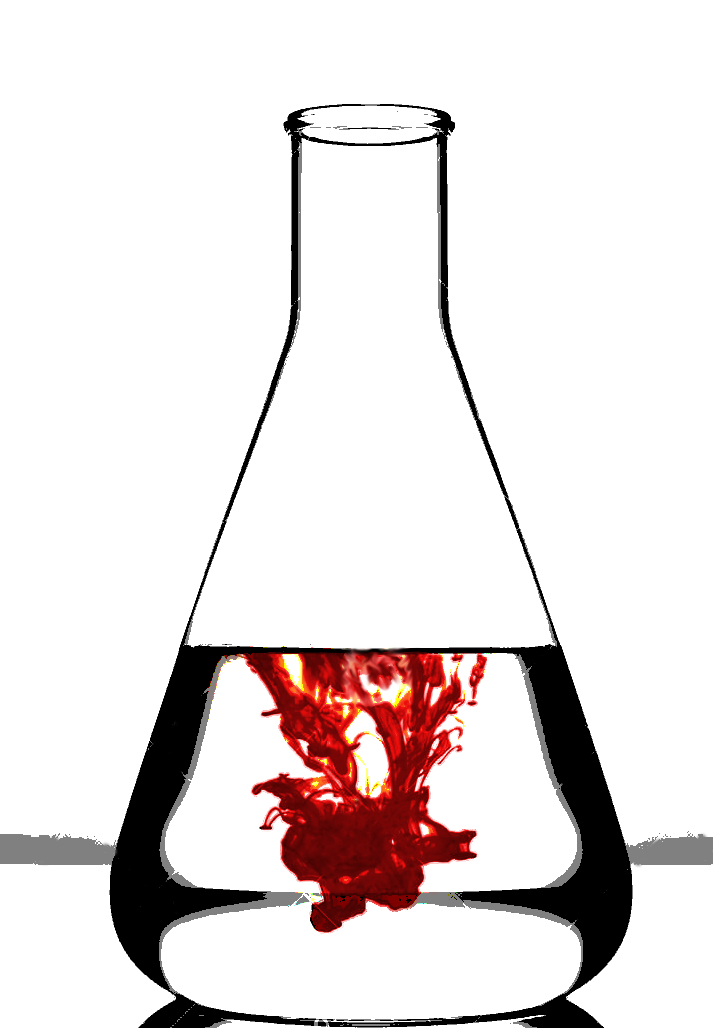HIV studies show life
 Research shows people living with HIV and maintaining low, but still detectable, levels of the virus have an almost zero risk of transmitting it to their sexual partners.
Research shows people living with HIV and maintaining low, but still detectable, levels of the virus have an almost zero risk of transmitting it to their sexual partners.
A systematic review analysed data from eight studies involving more than 7,700 serodiscordant couples in 25 countries, finding that those with viral loads below 1,000 copies/mL were at minimal risk of transmission.
Moreover, the review confirms previous studies that demonstrated zero risk of transmission when individuals with HIV have an undetectable viral load.
The findings provide a significant advancement in the global fight against HIV.
They support the World Health Organization's (WHO) updated policy brief on HIV treatment monitoring, which includes guidance for prevention of sexual transmission.
The WHO's guidance aims to promote the expansion of antiretroviral therapy (ART) to all individuals living with HIV and emphasises the need to destigmatise HIV and reduce discrimination.
Lead author Laura Broyles of the Global Health Impact Group stated that these findings are crucial as they suggest that it is exceedingly rare for people with low HIV levels to transmit the virus to their sexual partners.
She also stressed that these results open the door to broader access to viral load testing in resource-limited settings, which can lead to healthier lives for HIV-positive individuals and reduced virus transmission.
The research also shed light on the risk of transmission at different viral load levels.
Out of 323 documented sexual HIV transmissions in the study, only two involved a partner with a viral load below 1,000 copies/mL.
The vast majority of transmissions (80 per cent) occurred when the partner with HIV had viral loads greater than 10,000 copies/mL.
The study's authors acknowledged certain limitations, such as imprecise data due to variations in definitions and timing of viral load testing. Nevertheless, the research represents a significant step forward in the fight against HIV transmission and offers hope in the effort to eliminate AIDS as a public health threat by 2030.
In related news, Australia's Inner Sydney has made remarkable strides in HIV prevention, reducing new HIV acquisitions by 88 per cent.
This progress suggests that Australia could become the world's first nation to end the HIV epidemic.
The success in Inner Sydney is attributed to comprehensive community outreach and prevention efforts, including widespread use of pre-exposure prophylaxis (PrEP). Such encouraging results highlight the potential for achieving UNAIDS 95-95-95 targets, which aim for 95 per cent of people living with HIV to know their status, receive sustained antiretroviral therapy, and achieve viral suppression by 2025.








 Print
Print